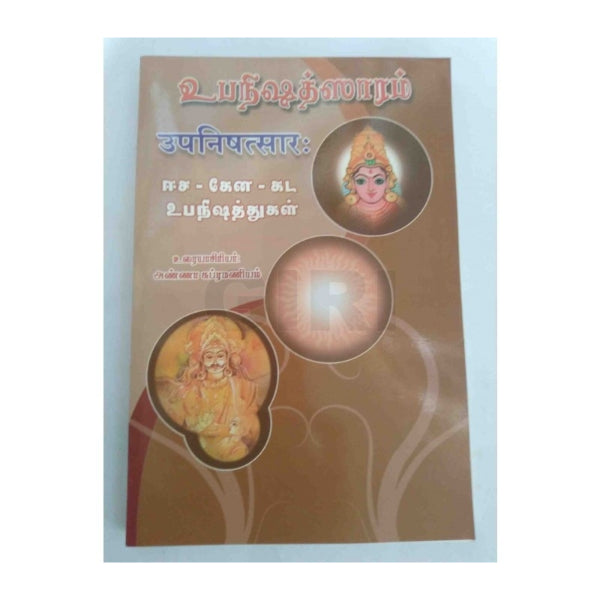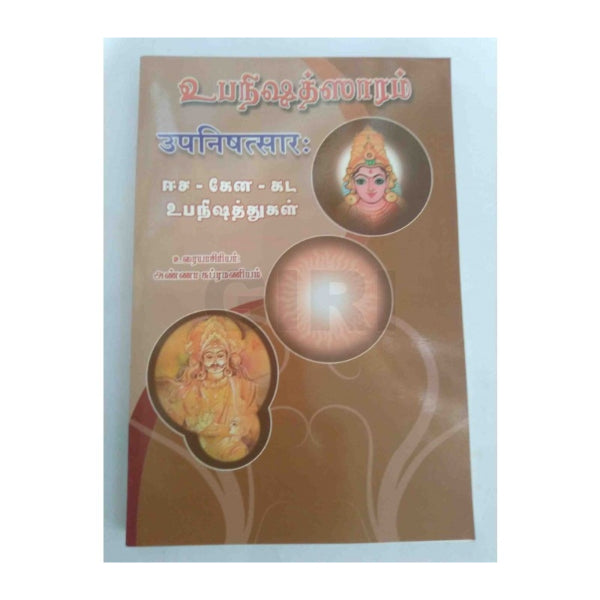
Upanishad Saram - Isa Kena Katha - Tamil - Sanskrit | by Anna Subramaniam/ Upanishad Book
• The Sanskrit verb "sadh," which means to sit, and the prepositions "upa" (under) and "ni" (at) are the sources of the name "Upanishad." Thus, the image is of students sitting at a teacher's feet receiving instruction.
• The Upanishads are revered writings with a philosophical and spiritual focus. Vedic literature may be classified into two major categories. The first is the part on rites and ceremonies, called karma kanda. This contains the samhitas, which are collections of hymns or mantras. The Rig Veda, Sama Veda, Yajur Veda, and Atharva Veda are the four samhitas. Commentaries are needed as explanations for the mantras. The brahmanas are these. Karma kanda is the collective name for the samhitas and brahmanas.
• Jnana kanda, the section on knowledge, is the second component of the Vedic literature. The Upanishads and the Aranyakas make up this section, which is spiritual and philosophical.
• It is likely that the oldest Upanishads were written between 800 and 400 B.C. There are 10 or eleven main Upanishads. This is predicated on the fact that the renowned commentary on 10 of the Upanishads was written by Shankaracharya in the year 800 A.D.
• The enumerated eleven principal Upanishads are somewhat brief. Of fact, it is probable that the text we now have access to is not the complete text of the original Upanishad. For instance, it appears that the Mandukya Upanishad experienced this. Nonetheless, two Upanishads are quite lengthy. The Chandogya and the Brihadaranyaka are these.
• It is now difficult to determine the Upanishads' chronological composition sequence. However, Brihadaranyaka, Chandogya, Taittiriya, Kena, Katha, Isha, Mundaka, Prashna, Mandukya, Shvetashvatara, and Aitareya appear to be the most plausible order.
• Vedanta philosophy is founded upon the teachings of the Upanishads and the Bhagavad Gita.


